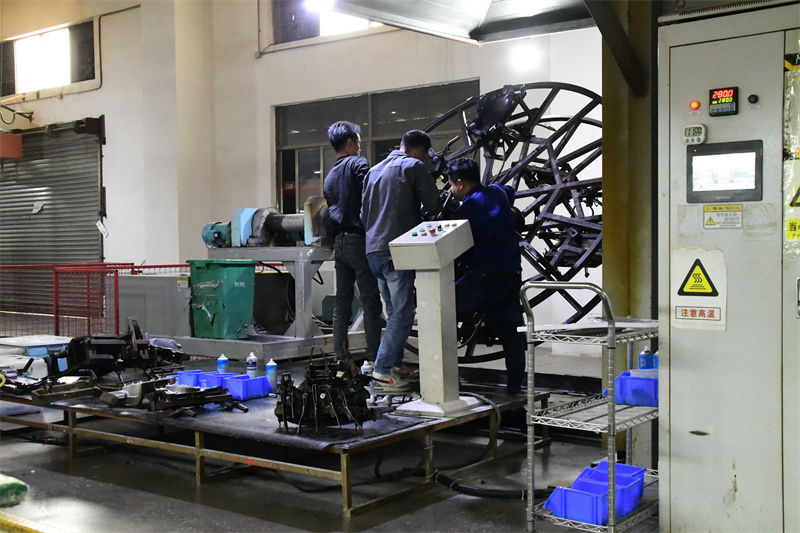How to Make Production Plans for Rotational Molding Process?
 Apr 13,2024
Apr 13,2024

How to Make Production Plans for Rotational Molding Process?
Creating a production plan in rotational molding encompasses several critical aspects, which include evaluating production capacity, defining the product mix, organizing the production schedule, managing inventory, overseeing and regulating the production process, and implementing continuous improvements.

1. Assessing Production Capacity
The first step in developing a production plan is to assess the company's production capacity. This involves analyzing the current capabilities of the rotational molding machines, workforce, and other resources. By understanding the limitations and potential of the production system, companies can make informed decisions about the volume and types of products to manufacture.
2. Determining Product Mix
Once the production capacity is assessed, the next step is to determine the product mix. This involves analyzing customer demand, market trends, and the company's strategic objectives. By selecting the right mix of products, companies can optimize production efficiency and maximize profitability. It is also important to consider the complexity and production time required for each product to ensure that the production plan aligns with the company's capabilities and resources.
3. Scheduling Production
Developing a detailed production schedule is crucial for managing the workflow and ensuring that products are delivered on time. The production schedule should account for the lead time required for raw material procurement, production time, quality control, and packaging. It is also important to include buffer time to account for any potential delays or disruptions in the production process.
4. Managing Inventory
Effective inventory management is essential for maintaining a steady supply of raw materials and finished products. Companies should implement inventory control systems to track the stock levels and order raw materials in advance to avoid production stoppages. Additionally, companies should maintain a minimum stock level to ensure a continuous supply of raw materials and finished products.
5. Monitoring and Controlling Production
Regular monitoring and control of the production process is crucial for ensuring quality and efficiency. Companies should implement quality control measures, such as inspections and testing, to identify and address any issues early in the manufacturing process. Additionally, companies should track production metrics, such as cycle time, yield, and defect rates, to identify areas for improvement and optimize the manufacturing process.
6. Continuous Improvement
To maintain and enhance the quality and efficiency of the production process, companies should embrace a culture of continuous improvement. This involves regularly reviewing the production plan and identifying areas for improvement. Companies should also invest in new technologies or equipment to enhance product quality and efficiency, and train and empower employees to suggest and implement process improvements.
Through meticulous consideration of these factors and adherence to a systematic approach, the team at Light Venus formulates an effective production plan that guarantees efficiency and the production of high-quality rotomolded products.
 Tel: 0086-13632687993
Tel: 0086-13632687993  Email: roto@lightvenus.com
Email: roto@lightvenus.com

 Home
Home How to Design High-Strength Rotational Molding Products
How to Design High-Strength Rotational Molding Products  You May Also Like
You May Also Like



 Tel
Tel
 Email
Email
 Address
Address








